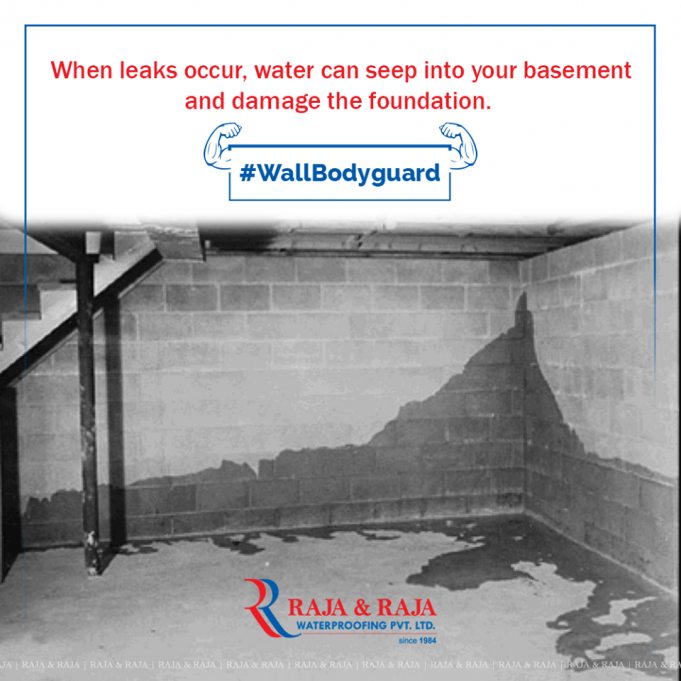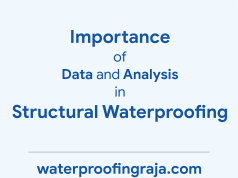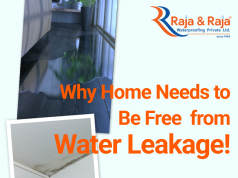What do you mean by Below Grade Structure (Underground Structure, Basement):
Below Grade structures are also known as Below Ground structures.
These structures are generally partially or fully beneath the ground level. Foundation, Basement and Drainage/Sanitary Systems are usually a part of below grade structure.
Below grade structures generally faces following:
- Hydro-static Pressure from Ground Water
- Structural Movements
The structural movements occurring within core of the earth leads to currents & movements at ground, which also makes the movement within below ground structures. These movement leads to development of cracks.
Also, the ingress of water due hydro-static pressure of ground water is usually high and it penetrates through the joints of floors-walls; cold joints of concrete within walls of the basements. These all opens the door to Water ingress to or through the structure and results in leakage / seepage. Not only that, but they also corrode and damage the reinforcement steel, weakens structure and makes concrete more porous eventually.
Below grade spaces turn unhygienic, uninhabitable not only by leakage but also by damage to the structural components like reinforcing steel corrosion, concrete spalling, structural cracks and structural cracking.
Remember, these structures have more severe water conditions then above grade structures and also, they don’t have the harsh climatic conditions like of above grade structure to deal with.
Thinking what could be the remedy to this? Discussed Further >
Waterproofing of Below Grade Structure
Water is present in various forms like Ice (Solid), Water (Liquid) & Vapor (Gas) forms. Below Grade Structure usually faces vapor and liquid state and creates damages in many unique ways. Water causes damages by vapor transmission through porous surfaces and by direct leakage in liquid state.
Ever wondered where this water in below grade structures comes from in a Basement?
Water at below-grade surfaces comes from Surface and Ground. These are called Surface water and ground water respectively.
Surface water comes from sources like Rain, washing of the cars, pavements, sprinklers used for planters-gardens etc.; also, in European & American countries melting of snow is also a reason of surface water.
Ground water is present beneath earth surface in soil pore spaces and in cracks & voids of rock formations. This water recharges when deposition of the surface water at porous grounds/clay etc. or free flowing surface water.
Both of these surface water and ground water shall be diverted immediately away from the structure all the time. Else the level of Water Table rises.
What is water Table?
The depth at which soil pore spaces or cracks and voids of rock turns completely saturated with water, it is called Water table.
What are type of Below-Grade Waterproofing?
- Barrier Systems (Barring Water & Vapor both; These systems don’t allow any kind of vapor & water transmission.)
- Drainage System
- Diversion Systems
All below- Grade Waterproofing systems shall be Barrier systems as primary and also could be used in combination of Barrier system with drainage & diversion systems.
What are roles of Below-Grade Waterproofing?
Waterproofing at Below-Grade structure shall include methods for Control and Drainage of Water intruded due to Ground Water and Surface water.
- Role of Barrier system is to barre the water intrusion to the structure.
- Role of Drainage system is to Drain the intruded water (if any) with proper drainage design system.
- Role of Diversion system is to keep the surface and Ground water keep diverted away from the structure.
Conditions Below-Grade Waterproofing faces:
Below Grade Waterproofing is non-exposed system. It is covered under back-filling done by soil, sand or concrete. Below Grade waterproofing is not subjected to weathering and carbonation but subjected to high hydro-static pressure because of ground water and capillary actions occurring below ground level.




